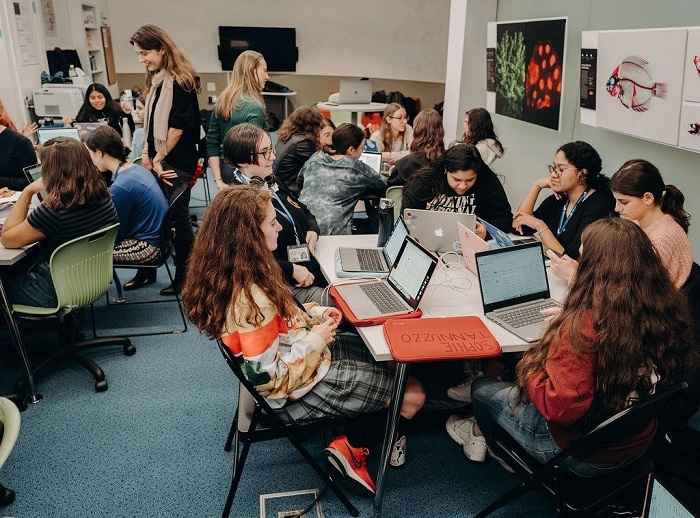Knowledge graphs are one of the most important technologies of the 2020s. Gartner predicted that the applications of graph processing and graph databases will grow at 100% annually over the next few years.
Knowledge graphs are best known for their strategic role in development of advanced search engines and recommendation systems, but they also have countless valuable applications in finance, business, research and education.
Over the last two decades, this technology was adopted mostly by engineers and ontologists, hence the majority of knowledge graph tools were designed for the users with advanced programming skills.
Knowledge graphs empower top talent with no-code approach
According to IDC, only 0.5% of the world’s population knows how to code. Engineering and programming are important skills but only in the right context, and only for the type of person willing to put in the necessary time and resources. The same could be said of many other skills like business, medicine or the arts. Focusing on coding inflates the importance of finding the “right” method rather than understanding the problem and the path to the solution.
As we live in the ultra-competitive world, those who can adopt top technologies at a fast pace get ahead of the curve. No-code approach enables users with top skills to adopt technologies at speed.
Knowledge graphs are a great example. With a no-code approach, they bring the best of the data science world to medicine, finance, business, education and the arts enabling anyone to generate and visualize unique insights from siloed data sources.
No-code knowledge graphs in action
Most organizations today collaborate on critical business processes via email, and spreadsheets stored on shared drives — sometimes on the cloud and often on employee laptops. Different departments tend to use different technologies. This often creates information silos and makes it difficult for them to share common information. Customer, supplier, accounting, operations, sales and marketing, and product data are often maintained across a range of platforms.
With no-code knowledge graphs, all the departments in a company can speak the same “language” connecting the dots between sales, marketing, product datasets. Collaborators can contribute, visualize and query their data, eliminating information silos and enhancing strategic decision making.
Similarly, knowledge graphs are used as a semantic search engine sparking new ideas and enhancing learning capacity in education and research. No-code knowledge graphs empower users to explore data intuitively across concepts, relationships, and fields, learning from resources that might have otherwise been overlooked.

Lastly, simply storing information in a data silo limits its usefulness and value. Particularly, it is nearly impossible to aggregate data from multiple spreadsheets and derive meaningful information.
With no-code knowledge graphs connecting data sources is easy, anyone working with csv files can import their data, define relationships between entities and create their own knowledge graph.
Knowledge graphs go mainstream
As knowledge graphs are gaining its momentum no-code approach enables bringing the technology into a mainstream use. As most datasets are siloed, producing an information overload challenge, no-code knowledge graphs are the game changers for collaborating on large datasets without extensive and time consuming training.
About the Author

Marta V. Lopata is the Chief Growth Officer at Kgbase – no-code knowledge graph tool with powerful analytics and visualizations. With KgBase, any community or individual can create knowledge graphs to build insights about their data without writing code. Import your CSVs and spreadsheets, or use our API to work on data together. In 2019, Marta founded External Data Conference – the world’s first annual conference bringing together leading minds in finance, business, media, government and sustainability to discuss the real-world applications for alternative data. Marta is also a co-Founder of Thinknum’s media outlet which attracted millions of readers with its alternative-data focused market insights about leading public and private companies.




Speak Your Mind